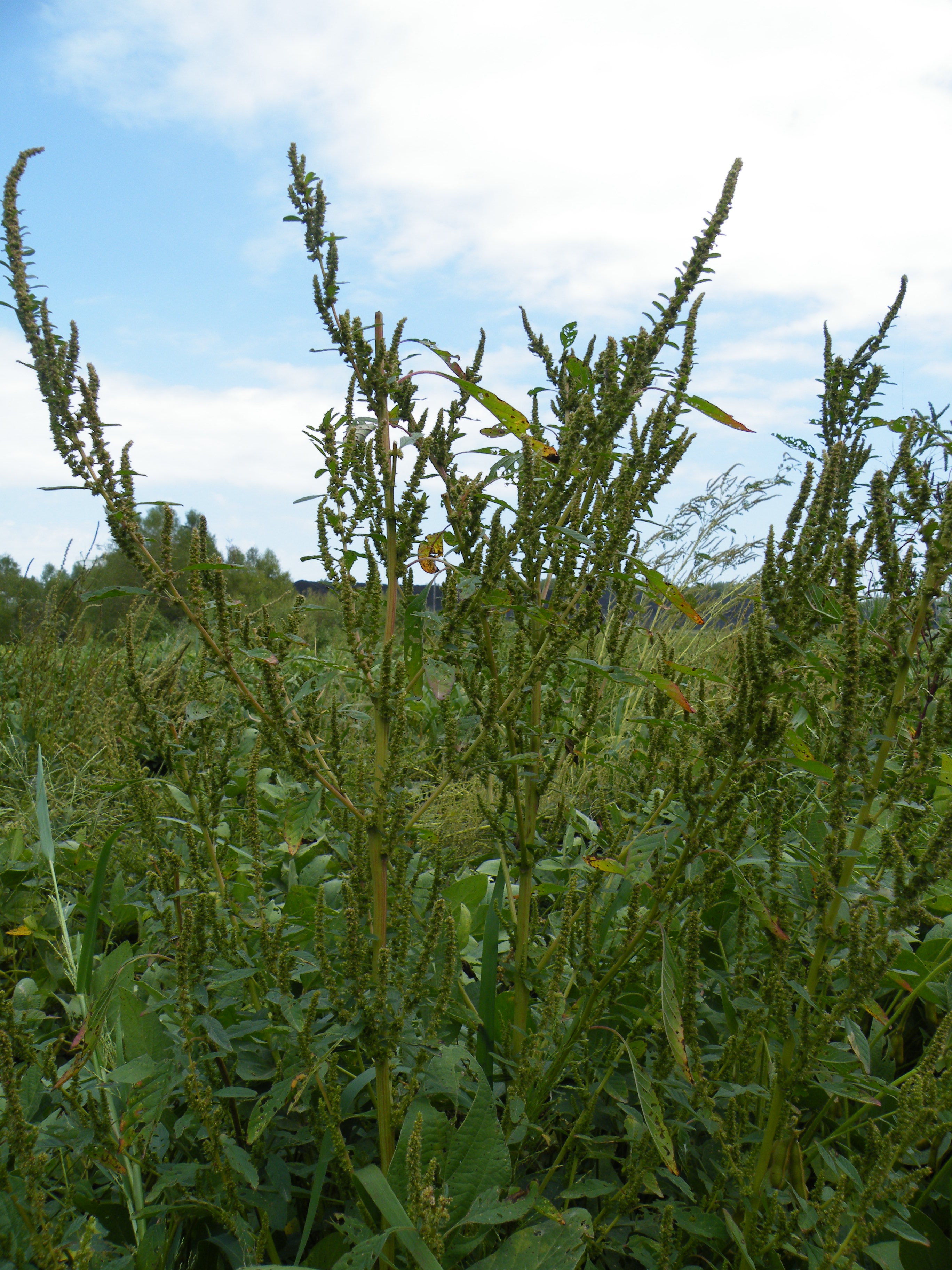If you want I can respond that we will review and get back to them
If you want I can respond that we will review and get back to them

Kentucky farmers have battled weeds resistant to herbicides containing glyphosate for the past decade. A recent survey of agriculture and natural resource agents with the University of Kentucky Cooperative Extension Service indicates these weeds are becoming more widespread.
Marestail (also known as horseweed), Palmer amaranth and waterhemp are examples of weeds that are not being controlled with glyphosate. James Martin, UK weed scientist, said all three weeds can pose problems for soybean growers.
Glyphosate-resistant marestail was found in Kentucky in 2001. It is now in almost all of the counties west of Interstate 65 and is spreading eastward. Martin said the majority of marestail in the state has glyphosate resistance. While it can emerge in the fall and overwinter in Kentucky, it often emerges early March through the summer.
“It’s important to control marestail before planting soybeans,” Martin said. “Once soybeans are in the ground, there are not many treatment options and they are not very effective.”
Both Palmer amaranth and waterhemp grow as warm-season annuals and are members of the pigweed family. The emergence pattern of these pigweeds tends to be delayed and prolonged compared with other warm-season annuals.
Palmer amaranth and waterhemp may be present is as many as 19 counties, mostly in Western Kentucky. They were first observed in fields located in flood plains or river bottoms but are now appearing in upland fields.
“The excessive flooding the past two springs may have contributed to the spread of these two weeds,” Martin said.
Glyphosate-resistant Palmer amaranth was first reported in Fulton County but now is found in the majority of the Purchase Area and in some Western Kentucky counties bordering the Ohio and Green rivers. Glyphosate-resistant waterhemp is found mostly in counties along the Ohio and Green rivers and is also in counties along the Mississippi River.
“Fields need to be monitored closely in order for growers to respond in a timely manner. This is especially true for Palmer amaranth,” Martin said. “If Palmer amaranth exceeds 3 inches tall, growers are going to have trouble controlling it. There’s a little more leeway with waterhemp, but not much.”
Along with timeliness, Martin added soil-residual herbicides are going to be important in controlling these weeds. Specific weed control recommendations for all three weeds and others are available in UK Cooperative Extension publication AGR-6, Weed Control Recommendations for Kentucky Grain Crops. The publication is available online at http://www.ca.uky.edu/agc/pubs/agr/agr6/01.pdf or at the local office of the UK Cooperative Extension Service.
